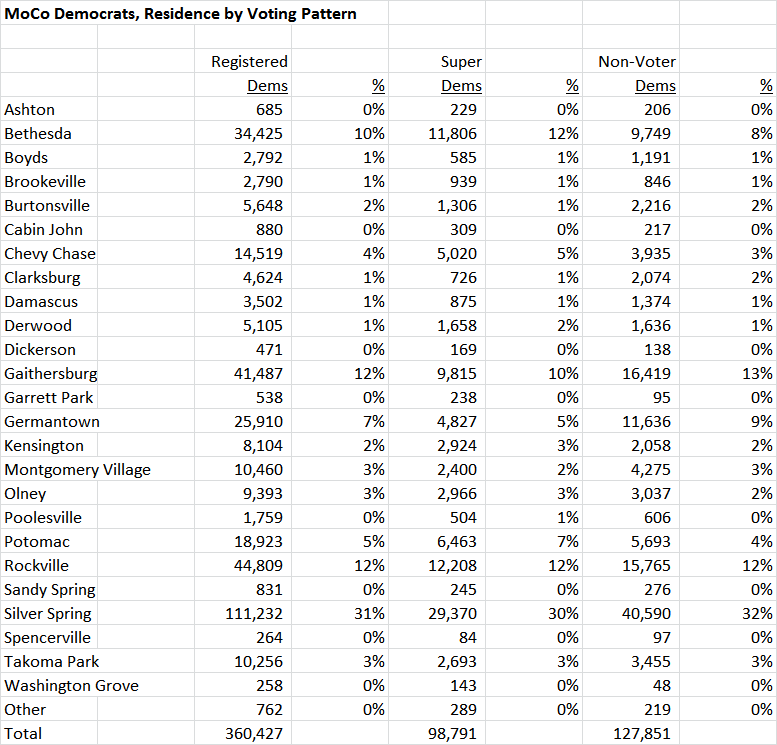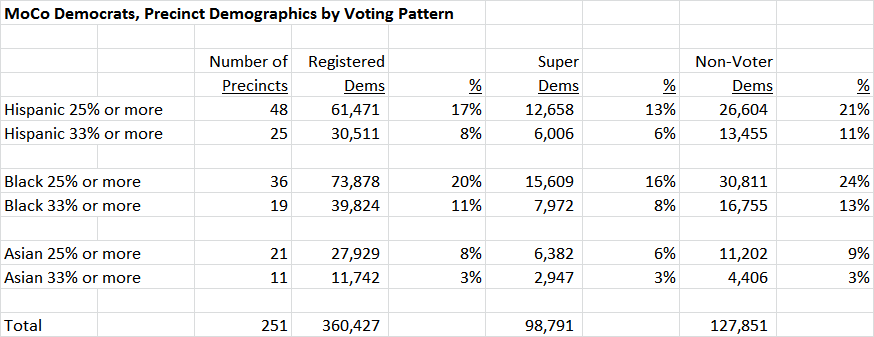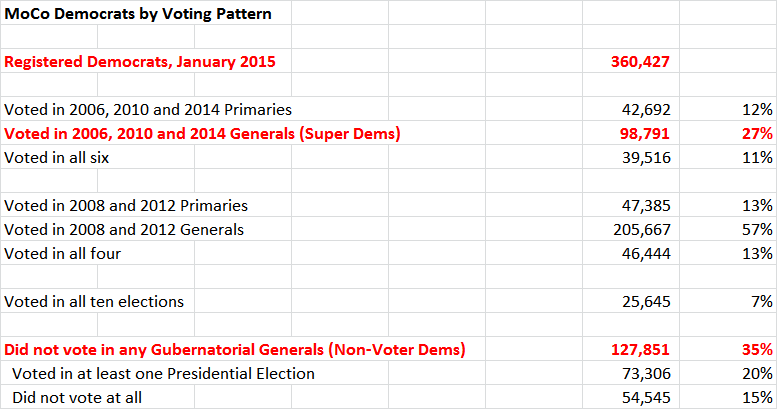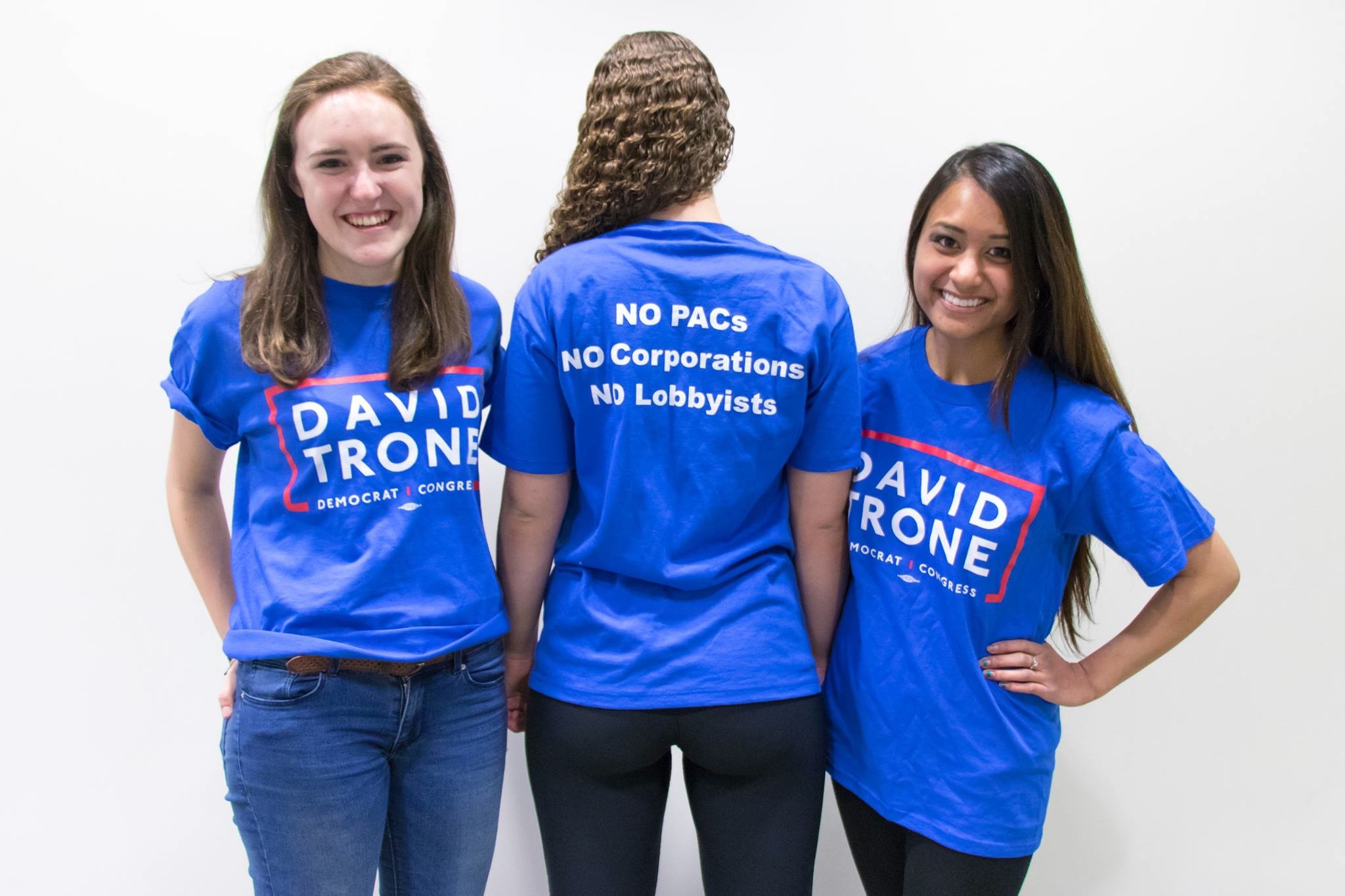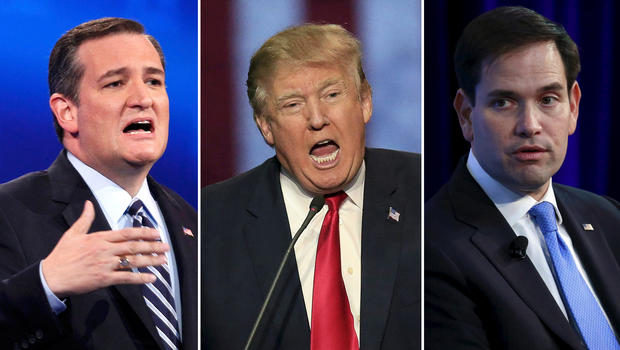The following post is by Adam Pagnucco:
When I used to work for a Montgomery County Council Member, there were three beat reporters on county government – one each for the Post, the Gazette and the Examiner. They were competitors. Each wanted to scoop the others. One of them would glance at another’s laptop at the press table to see what the competitor was writing – an act that was decidedly unwelcome! I dealt with them all. And now the Gazette and the Examiner are gone.
Bill Turque of the Washington Post is the sole survivor. Turque is an experienced pro who is respected and feared by those he covers. Recent articles of his that had significant impact include one exposing an operative connected to the county employees union as the source of a website targeting a Council Member and one about campaign finance late in the 2014 election season. But as skilled as Turque is, there is only one of him. Fifteen years ago, the Post assigned multiple reporters to cover various aspects of Montgomery County.
Bethesda Magazine is the other outlet that regularly covers the county. Lou Peck is a veteran political reporter who writes highly detailed articles about local elections. Andrew Metcalf and Aaron Kraut are prolific local reporters. Despite its name, Bethesda Magazine covers subjects in many parts of the county. Its close attention to the county’s Department of Liquor Control has been outstanding. But let’s remember that the Gazette used to have dozens of reporters in and around the County and Bethesda Magazine does not have that kind of scale.
That’s about it. WTOP has occasional local coverage, though they are a regional outlet. Local papers like the Sentinel and Takoma Voice have small audiences. Patch came and went quickly. MarylandReporter offers statehouse reporting but not much in-county coverage. Center Maryland has the great columnist Josh Kurtz but no staff reporters. The Sun does not pay much attention to Montgomery or Prince George’s Counties. The local TV stations focus more on crime and weather than on detailed reporting of state and local governments.
Then there are the blogs. Whatever you think of them, there are several features that distinguish them from mainstream news outlets. 1. They tend not to have clear and consistent standards for publishing. 2. Most are driven by opinions, sometimes with facts to back them up and sometimes not. 3. Many posts are derived from mainstream news articles, which act as original sources of content. 4. None of them have the reach of news sources like the Gazette, which once dropped hundreds of thousands of papers in front of doors around the region.
The hierarchy of the past is gone. Yes, Bill Turque and Bethesda Magazine are probably at the top of the heap – but there is no heap. There are no longer dozens of reporters patrolling the county for stories on civic events, restaurant openings and closings, local sports, transportation projects, school programs, politics or anything else.
We will examine what that means for state and local politics in Part Three.


